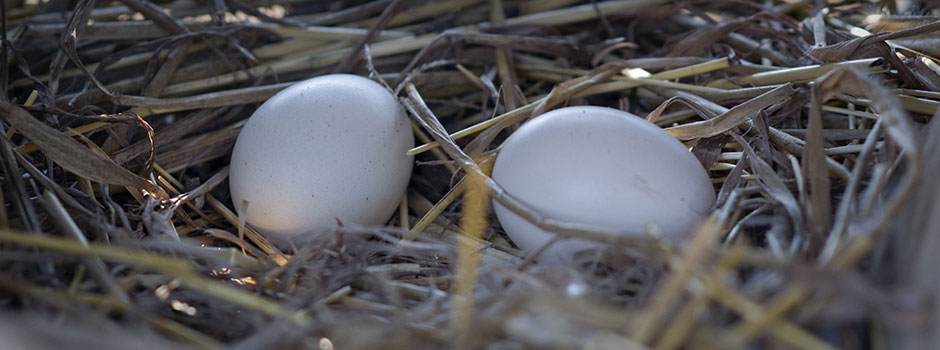Module of dynamic conservation of the caprine animal genetic resource of the Quebrada de Humahuaca (Province of Jujuy).
Project Facts
INTA (Nationa Institute of Agricultural Research - Argentina)
quiroga Juan
Vera Tomas
Case overview/description
Understanding that the local goat resource was co-constructed between local knowledge and the adverse environment of the Quebrada de Humahuaca, it is sought through the dynamic conservation module to take this background, knowledge and management practices for the genetic improvement of the Creole goat of the Quebrada de Humahuaca. The focus of selection is goat breeders, on these bases the selection criteria learned and transmitted from generation to generation pastors and breeders. In turn, in female goats they recognize the maternal line from which the offspring come. This information, plus that obtained by applied genetic evaluations, represents the basis for the selection and improvement of the goat rodeo of the conservation module.
the objective of the goat module is to generate adult goat breeders genetically evaluated, sanitary and participatory with producers and breeders of the Quebrada de Humahauca.
National founds for research
High grasslands and steppes of PrePuna, and arid valleys and gorges de Jujuy province.
The main land owner is the provincial state, or collective (aboriginal communities) land. There is the National Constitution (Tha Main Law of the Argentine State) that recognizes the pre-existence of aboriginal people, so, there are many steps to demonstrate the ownership and then, aboriginal communities should be recognized as land owner. The burocracie makes it very difficult, but it works.
the Quebrada de Humahuaca presents, within the framework of the general aridity conditions, a range of microclimates ranging from high mountain environments to those at the bottom of valleys or river terraces. On the one hand, there are those producers who are at the bottom of the Quebrada, which reduce their movements between stations between pastures, being able to manage closed plots with irrigation that allow them to implant pastures for unfavorable seasons (July to September). On the other hand, there are those high mountain producers that retain mobility between grazing posts by resorting to the management of the temporal and spatial availability of natural grasslands. The shepherds of the region of Quebrada, like those of Puna, are in charge of taking advantage of the natural and aqueous pastures, making a rotational, flexible and complex use, between the grazing posts (transhumance). Therefore, pastoralism is understood as a complex activity associated with life forms that go beyond purely productive ends. It is important to keep in mind that the herds are formed by animals belonging to different owners nucleated in the same family, although these are only attended by the family's shepherdess. Based on previous work on the characteristics of the goat system, it can be said that there is a process of retraction of the system in the study area. This is based on the information provided by the data on goat populations of the National Agricultural Census 02` and 08`, the decrease in grazing positions used and, finally, the aging of the labor force or working capital. However, shepherds often maintain a reduced shed of animals for multiple purposes, such as guaranteeing the right to grazing territory by families and guaranteeing a minimum monthly supply of meat for domestic consumption. Goats and sheep are often found at the bottom of the creek during winter, feed on the remaining fallow on the stubble, corn husk and, sometimes, alfalfa hay that is purchased directly from trucks arriving in the winter-spring season. In the months of November to December, the herds rise to the high places of the hills where forage is available. This scheme varies widely among producing families, some make changes (temporary and spatial) between various positions, while others fail to mobilize their masses throughout the year.
Auto consumation, local markets of cheese and meat. the artesanl cheese are some products that could be good saled in touristic centers near the main roads. Scarce public policies for this kind of producers.
Goat producers of the Quebrada de Humahuaca (Jujuy Provinc
applied genetic improvement and participatory improvement method
Outcome/ Beneficiaries/ Issues
The module seeks to reduce or eliminate the cost of breeding breeding candidates. As well as generating genetically selected and participatory breeding males for shepherds and breeders
Revalue traditional knowledge as part of an applied genetic improvement process. In addition, it reinforces community and individual ties and agreements between pastors.
conserving a source of resilience against current and fut
contribution of knowledge of the animal genetic resource through the co-construction between traditional knowledge, typical of shepherds and breeders, and scientific or technical knowledge.
The indiscriminate introduction and practice of crossbreeding with exotic breeds, coupled with an inefficient use of the local goat resource, increase the dilution and erosion of the genetic heritage. With effects on the reduction of biodiversity and the loss of a locally adapted resource and the gradual impairment of traditional practices and knowledge that are built on par. Being the loss of traditional rural lifestyles, one of the main factors that affect the use or disuse, and therefore the cut of the generational transmission of traditional knowledge
The local goat genetic resource of Quebrada de Humahauca has conditions to increase its productive potential (milk and meat). Based on the improvement in the conditions of use (improved livestock systems) and genetic potential.
The period of time it takes to make a genetic improvement and the number of animals needed for this. The need for available economic and human resources.
animal genetic resource, genetic improvement, phenotypic characterization, selection criteria, traditional knowledge.







